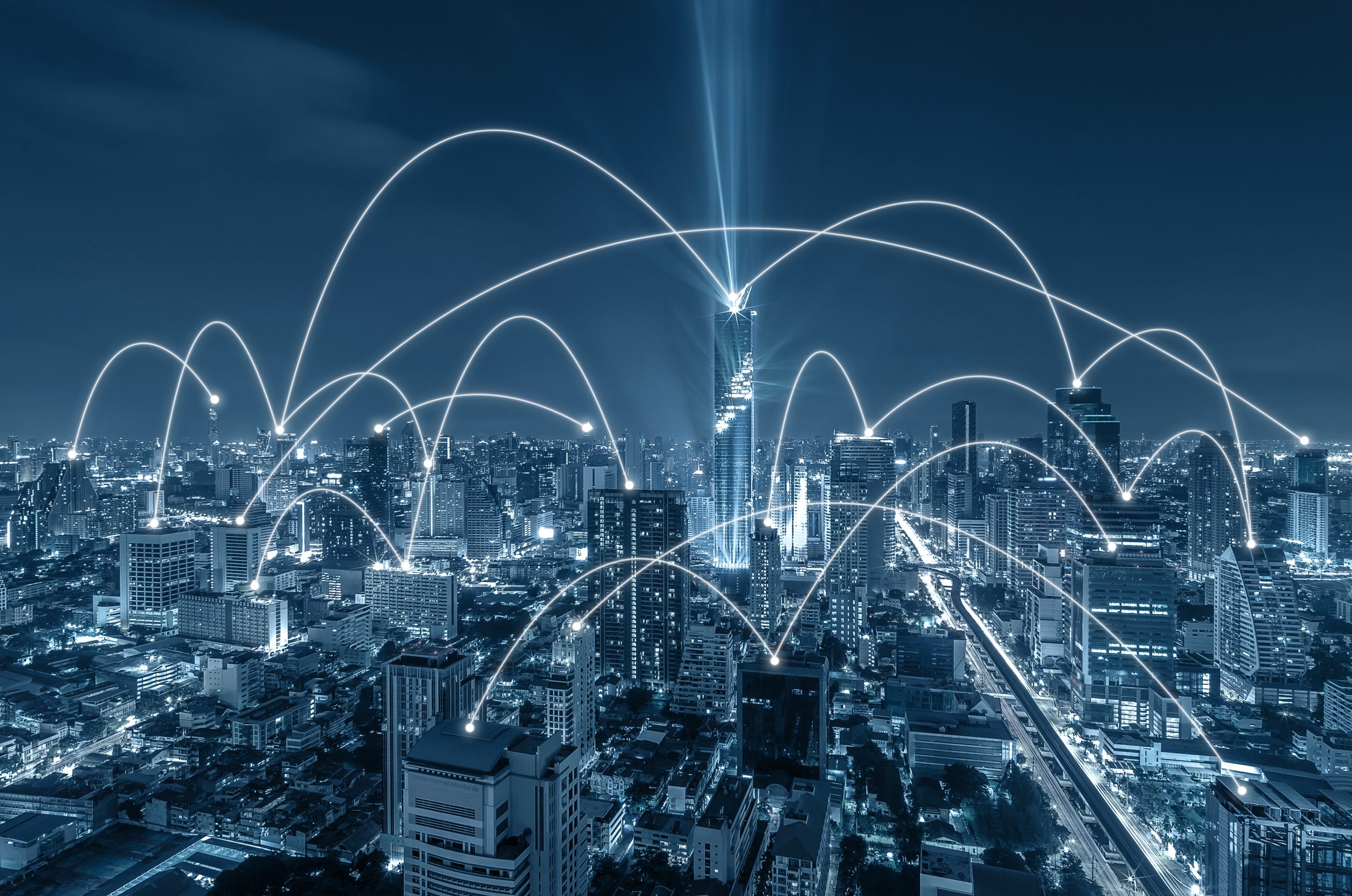Big Data’s biggest potential is not even telematics

Based on Frederic Bruneteau’s presentation on Datasets in December 2014 in Paris at SFR M2M Campus.
A lot has already been said about the Internet of Things (IoT) and it is a fact that it can include all sorts of data in all sorts of vertical markets. We look today at the sources of data making up IoT, what it is used for and some of the untouched potential of datasets.
Since the recent announcement that Verizon made $585 million in IoT/ telematics sales in 2014, it is easy to amalgamate mobile and vehicles data with IoT. Yet those headlines only highlight a fraction of the mass of data that can be used intelligently.

IoT networks mimic our nervous system
The data extracted from smartphone is a time-based integer of the mobile-generated data such as location, call pattern, or distance travelled together with the sensor-generated data uploaded by mobile phones such as temperature, air pollution or humidity. On top of that, behaviour mining through social networks, click-through data or preference analysis can augment the original set.
But IoT doesn’t stop at smartphones. Sensors are found everywhere from cars (there are 60 to 100 sensors in a modern car) to blood pressure monitors or printers.
All this data is not only available in real time but also as historical statistical sets allowing for pattern calculation, which is often more useful and anonymous.
The restriction, and it is a good thing, is the difference between the owners of the different sets of data. Not every data set can be crossed.
All this data is comparable to neurones connections in the human brains. Significant activity and exchange takes place and new connections appears all the time, even we grow older! Even better, activities at the level of each sensor is not always directly subject to the decisions made at the core. IoT is a constantly evolving information system that is largely decentralised.
If we now look at the markets covered, it is interesting to see the richness and the potential. On one end, we see mature markets with average size such as plant manufacturing or security and of a larger size such as auto and energy. But there are also immature markets with very high potential such as health and smart homes.

IoT typology applied to health data
So how is all that data of any use today and where is it really making a financial difference? A good example comes from UPS. After they launched a connectivity programme to equip all their vehicles, they calculated that 1 km not driven per day per driver was saving them $30 million in the US. The link? Extremely complex and efficient routing algorithm is able to take into consideration a vast number of variables coming from orders, external sensors, patterns and vehicle tracking system.
In the relatively mature transport sector, the predominant issue – and a lesson for all the less advanced IoT industries – is the silo approach. Today, there are too many vertically integrated solutions, devices, regulation and systems that do not integrate or even interface. The result is a multitude of connected devices in the trucks (E.g. black box, tachograph, navigation system, speed camera tracker, e-tolling device, smartphone, etc.) and a multitude of ”dashboard” screens at the fleet manager’s desk.
What is needed is a way to make the whole system scalable by sharing data between sensors and applications. This approach requires an integration of datasets between different companies, which takes time and efforts. Ultimately however it can save money for all stakeholders and even, in some cases, it can save lives.
In the case of a harsh accident, today the car can remain unassisted for hours, the risk of death or aggravation of the injuries is very high and rescue often depends on volunteers…
With connectivity, an alert is sent immediately indicating the magnitude & location of the crash and a call is made to check the driver’s status. An ambulance is then sent often within 1 minute.
With Big Data, the alert is sent immediately to the emergency center but also to the road authority, the family and the insurance company. The ambulance service is made aware of the particular condition and blood group of the driver and the road operator can organise the cleaning of the road surface & limit secondary accidents and traffic jams. Finally, the insurer can initiate the claims & indemnification process, without any request to the family at such a difficult time.
Health is in fact one of the biggest potential markets because today only limited datasets are shared and often not in the interest of the patient.
For example in most countries there are no datasets available about the patient before the disease. This prevents doctors and pharmaceutical companies from identifying the causalities of disorders. Similarly there is a lack of epidemiological data quantified on large populations. As a result, it is extremely costly and time-consuming to build up large samples for drug tests.
Of course some diseases are better covered than others but generally the data collection is not systematic. With IoT, the doctors, the patient and the tools should become the nodes that feed data into the system.
Just imagine, paper is eradicated and all records are digital. Patients can measure and share data based on sensors that create statistically viable datasets such as connected scales, “quantified self” bracelets or connected drug boxes that monitor medication.
The systematic upload of anonymised datasets should be controlled by each person of this dataset usage.. Once that is in place, predictive models can be developed. Today the default situation is that authorities choose for us that we do not want to share our health data at all with anybody and in any circumstances, so most of the valid datapoints are wasted.
